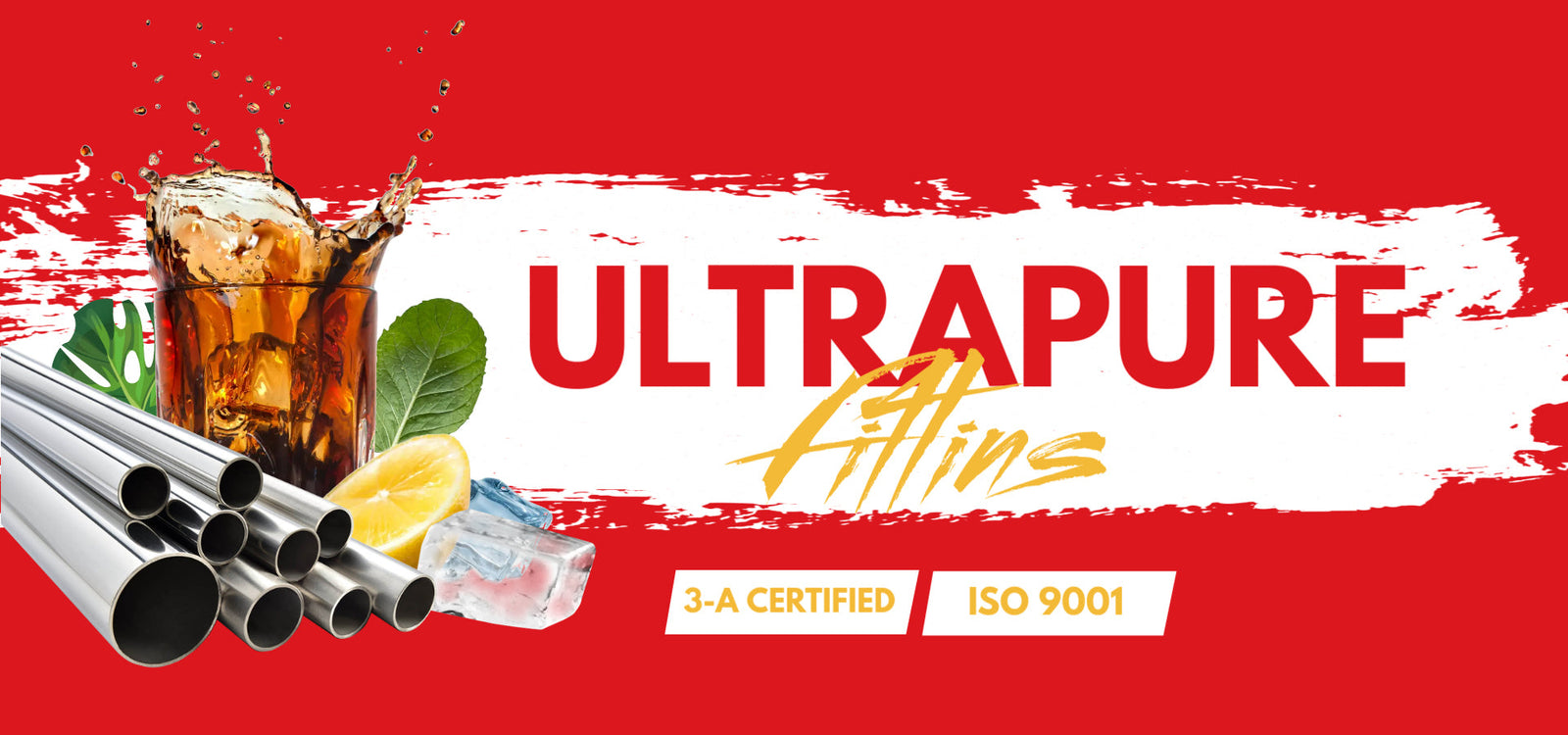Threaded pipe connections are the backbone of countless industrial, hydraulic, and plumbing systems. Among the most common types are NPT, NPTF, and NPS threads—each designed for specific applications, but often confused due to their similar names.
In this guide, we’ll break down the critical differences between NPT, NPTF, and NPS threads, explain how they seal, and share expert tips for choosing (and installing) the right type. For reliable thread components, Eagle’s precision-engineered fittings and sealants are trusted by professionals worldwide—more on that later.
What Are NPT, NPTF, and NPS Threads?
Let’s start with the basics:
- NPS (National Pipe Straight): Straight (parallel) threads with a 60° angle, flat crests/valleys, and no taper.
- NPT (National Pipe Thread Taper): Tapered threads (3/4” per foot) with the same 60° angle and flat crests/valleys.
- NPTF (National Pipe Thread Fuel): Also tapered, but with tighter tolerances and an interference-fit design for superior sealing—often called “Dryseal” threads.
All three share the same thread angle and pitch (threads per inch), but their tapering and sealing mechanisms set them apart.
NPT vs. NPS: Tapered vs. Straight Threads
The biggest difference between NPT and NPS is taper:
NPT (Tapered Threads)
- Design: Tapers inward from the base to the tip, creating a tight fit as you thread components together.
- Sealing: Relies on thread sealant (PTFE tape, pipe dope) to fill gaps between threads. Common in general plumbing, air lines, and low-pressure hydraulic systems.
- Applications: Pipe ends, nipples, and fittings like couplings, elbows, and tees.
NPS (Straight Threads)
- Design: Parallel threads that don’t taper—ideal for applications needing consistent diameter (e.g., flanges or quick-connects).
- Sealing: Requires gaskets, O-rings, or crush washers to prevent leaks (thread sealant alone isn’t enough).
- Applications: High-pressure hydraulic systems, where straight threads pair with gaskets for reliable sealing.
Important Note: NPT and NPS threads can engage, but they won’t seal properly without additional measures. Mixing them is a common cause of leaks—always match thread types.
NPT vs. NPTF: The “Dryseal” Advantage
While NPT and NPTF are both tapered, NPTF (defined by ASME B1.20.3) is engineered for stricter sealing—especially critical in fuel, gas, or high-pressure systems. Here’s how they differ:
Thread Geometry
- NPT (ASME B1.20.1): Thread crests and roots have clearance, relying on sealant to fill gaps.
- NPTF: Thread crests and roots are adjusted for interference fit—the mating threads slightly deform during assembly, creating a mechanical seal without sealant.
Sealing Performance
- NPT: Requires PTFE tape or pipe dope to prevent spiral leakage (common in water or air lines).
- NPTF: Often called “Dryseal” because it can seal without sealant—ideal for fuel lines, refrigerants, or systems where chemicals might degrade sealants.
Can You Connect NPTF to NPT Threads?
Short answer: Yes, but with caution. Here’s how to do it safely:
- Use Sealant: Even though NPTF is “Dryseal,” pairing it with NPT (which has looser tolerances) often requires a high-quality sealant (like Eagle’s PTFE tape or pipe dope) to fill gaps.
- Clean Threads: Remove debris, rust, or old sealant—contaminants weaken the seal.
- Check Compatibility: For critical systems (e.g., fuel or high-pressure), use an Eagle adapter rated for NPTF-to-NPT connections.
- Test the Joint: After assembly, pressure-test the connection to ensure no leaks—especially for flammable fluids.
NPT/NPTF Thread Specifications: Key Dimensions
Below is a quick reference for common thread sizes (inches):
| Thread Size (Nominal) | Threads per Inch | Male OD (in) |
|---|---|---|
| 1/16 | 27 | 0.313 |
| 1/8 | 27 | 0.405 |
| 1/4 | 18 | 0.540 |
| 3/8 | 18 | 0.675 |
| 1/2 | 14 | 0.840 |
| 3/4 | 14 | 1.050 |
| 1 | 11.5 | 1.315 |
| 1-1/4 | 11.5 | 1.660 |
| 1-1/2 | 11.5 | 1.900 |
| 2 | 11.5 | 2.375 |
| 2-1/2 | 8 | 2.875 |
| 3 | 8 | 3.500 |
| 4 | 8 | 4.500 |
Note: Always verify dimensions with your supplier—Eagle’s thread gauges ensure precise fits.
Why Choose Eagle for Thread Connections?
When it comes to thread reliability, quality matters. Eagle’s thread components stand out for:
- Compliance: All Eagle NPT, NPTF, and NPS fittings meet ASME B1.20.1/B1.20.3 standards, ensuring compatibility and performance.
- Durability: Precision-machined from high-grade steel or brass, with corrosion-resistant coatings for long life.
- Seal Solutions: Pair Eagle’s threads with our PTFE tape, pipe dope, or O-rings for leak-free joints—tested in extreme conditions (high pressure, chemicals, temperature).
- Expert Support: Our team helps you select the right thread type, size, and sealant for your application—no guesswork.
Beyond Threads: Pro Tips for Leak-Free Connections
- Match Thread Types: Never mix NPT with NPS without proper adapters.
- Sealant Application: For NPT, wrap PTFE tape 2–3 turns clockwise (against thread direction) to avoid unraveling.
- Torque Control: Over-tightening can damage threads; use a torque wrench (Eagle’s guides specify recommended torque for each size).
- Inspect Regularly: Check for thread damage (burrs, rust) during maintenance—replace worn components immediately.
Final Take: Choose the Right Thread for the Job
Whether you’re working on a fuel line (NPTF), a plumbing system (NPT), or a hydraulic setup (NPS), understanding these threads ensures safe, reliable connections. For peace of mind, trust Eagle’s precision-engineered components and sealants—built to last, tested to perform.

